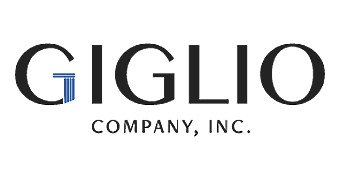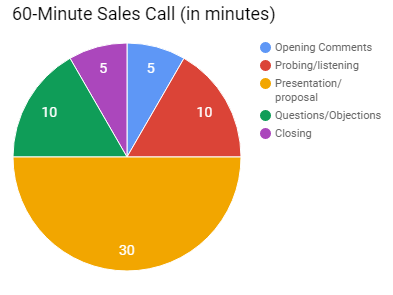Essential Guide to Understanding Client Questions
You’ve prepared a presentation for weeks, doing all your homework, getting insight from your client, researching trends, etc. The day comes and you nail it! But then….they ask questions. And the wheels start coming off the bus. Been there? Most of us have.
As salespeople and communicators we must understand the essence and meaning of questions in business. Simply put…they are NOT picking on you. Questions from clients or prospects are requests for more information, not an attack on your ability or the ability of your company/product/service. Questions asked are not meant to debunk your idea; they are asked so that a better understanding can be gleaned.
Your reaction to client questions is as essential as what you say. Come off as defensive and they may think you have something to hide. Come off as too cocky and, well, no one really likes that. The key is understanding the nature of their questions so that you can answer appropriately, positively and with information that will allow them to make a decision on the next steps.
10 Fundamentals of Client Questions
To help, here are what I consider to be the 10 Fundamentals of Client Questions. Keep these in mind as you prepare for questions prior to your next meeting.
- Clients want information. Don’t take their questions personally.
- When asked questions, increase your empathy. Engage your client and reinforce that you understand their perspective as you give your answer.
- Anticipate client questions before the meeting and resolve them ahead of time. Have a colleague come up questions and see how you do answer them.
- Answer all questions…when appropriate. Be honest and forthright, of course. But, a client may try to jump the conversation ahead with a question, forcing you to move past key points that you need to make. Respectfully let them know you have a few points that will help to answer their question.
- When you resolve questions, you are teaching.
- Clarify general questions to pinpoint your response. It’s OK to answer a question with a question so that you get the heart of their concern/issue.
- Use confirming questions to verify that clients understood AND accept your answer. “Can you now see how our service will decrease your costs over time?” If they say no or give a lukewarm answer, probe further. “Our service alleviates X and provides more time for your team to do Y. Are you starting to see how that could lead to higher production and profitability?”
- Make your answers concise.
- Make eye contact and other physical movements that convey confidence in your answers.
- Be in charge of yourself; own your answers. Let them know by your words and actions that nothing is going to throw you off your game today…or ever.
If you want more information or details about any of these points, they are all given full explanation in my book:
Or just drop me an email and I’m happy to give you further insight. Let me know how your next round of client questions goes!

 A client of mine has been lamenting the meddling her boss frequently does. We determined her boss is often deep in the weeds of her business versus touching the weeds as bosses should.
A client of mine has been lamenting the meddling her boss frequently does. We determined her boss is often deep in the weeds of her business versus touching the weeds as bosses should. I’ve recently had the opportunity to coach a professional athlete who decided to pursue a career in financial sales. The area he’s chosen is quite daunting in its complexity, yet his commitment to it is profound. As anyone would be when entering into a field with its own lexicon and intricate details, my client was challenged with putting the entire puzzle together in a short amount of time. Throughout his endeavor though, I’ve been struck and inspired by his discipline, positive mental attitude and, most of all, his fortitude.
I’ve recently had the opportunity to coach a professional athlete who decided to pursue a career in financial sales. The area he’s chosen is quite daunting in its complexity, yet his commitment to it is profound. As anyone would be when entering into a field with its own lexicon and intricate details, my client was challenged with putting the entire puzzle together in a short amount of time. Throughout his endeavor though, I’ve been struck and inspired by his discipline, positive mental attitude and, most of all, his fortitude. Comics have always been my idols ever since I was a kid. The courage of a comic to take a room and deliver their material always impressed me as the most courageous act a person could make.
Comics have always been my idols ever since I was a kid. The courage of a comic to take a room and deliver their material always impressed me as the most courageous act a person could make. Solution.
Solution. When someone openly criticizes your work, at least you know where they stand, directly. But someone who uses indirect expressions of blame, upset, or complaint can grate on anyone. This passive-aggressive behavior can create an atmosphere of constant stress, doubt and fear, which I’ve never seen lead to good things. Rather, the result is a team that resents their leadership, hides out so as to not come into the crosshairs of the boss and privately complains about the state of the department/company. Is this familiar to you?
When someone openly criticizes your work, at least you know where they stand, directly. But someone who uses indirect expressions of blame, upset, or complaint can grate on anyone. This passive-aggressive behavior can create an atmosphere of constant stress, doubt and fear, which I’ve never seen lead to good things. Rather, the result is a team that resents their leadership, hides out so as to not come into the crosshairs of the boss and privately complains about the state of the department/company. Is this familiar to you?
